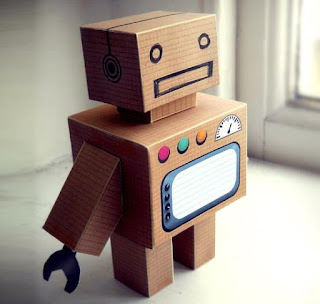An infinite set of things called Al
I love that you can use generators to represent infinite lists. There is something about representing things that it feels like you shouldn’t be able to represent in a finite machine that excites me. Language has incredible representative power, so large that it is easy to create contradictory sentences such as the sentence. “This sentence is false” You can use language to talk about things you can’t imagine such as when talking about infinity. You can define it by saying: “The number that is bigger than any other number.” Or a more accurate description of the aleph-null infinity, (because there are different kinds of infinity!) “The size of the set of natural numbers” You can go further and say that there is this thing which is: “The thing you can’t represent using words” Which similarly to “This sentence is false” is contradictory. If the thing truly can’t be represented using words then the sentence “The things that can’t be represented using

